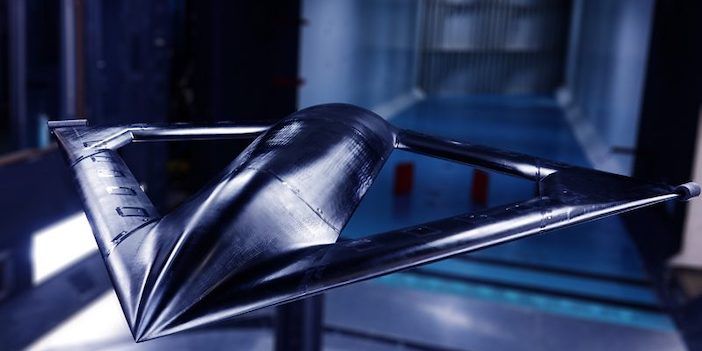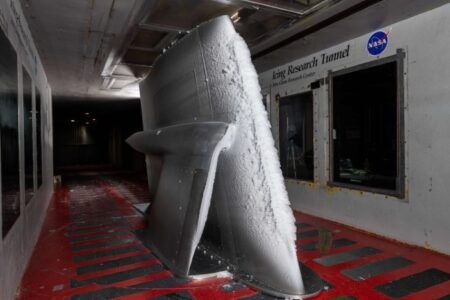Boeing-subsidiary Aurora Flight Sciences is to develop an experimental plane that will demonstrate the capabilities of Active Flow Control.
Active Flow Control (AFC) uses fluid dynamics to control an aircraft, where energy is added into the boundary layer produced by an aircraft’s movement through air to maintain, recover, or improve its aerodynamic performance.
The X-plane will be developed under a Defense Advanced Research Projects Agency (DARPA) contract originally announced in July and will seek to demonstrate AFC as its primary design consideration, said Aurora.
Per Beith, Aurora Flight Science’s president and CEO said, “This team builds upon decades of AFC research and prototyping, including flight tests of full-scale implementations. Together with DARPA, we can enable fundamentally new approaches to aircraft design and look forward to exploring game-changing configurations.”
Aurora will partner with Boeing and the University of Arizona for the first phase of the program. During this phase, which will last a year, the tools and technology for incorporating AFC into the early stages of aircraft design will be developed and multiple designs for the aircraft considered.
During the next phase engineers from the company will produce a preliminary design of an X-plane demonstrator.
DARPA has also selected Lockheed Martin and the Georgia Tech Research Corporation to work on developing demonstrators for the Control of Revolutionary Aircraft with Novel Effectors (CRANE) program.
Each participant has the goal of demonstrating the efficiency benefits of using AFC, as well as improvements in aircraft cost, weight, performance, and reliability.
Alexander Walan, the program manager for CRANE in DARPA’s Tactical Technology Office said, “The performers are looking at using active flow control very early in the design scope. That’s the differentiating piece that hasn’t been done before.
“AFC has been explored at a component level, but not as an integral piece of aircraft design. By altering the design approach, CRANE seeks to maximize the chance of a successful X-plane development while also integrating AFC into the aircraft’s stability and control.”
Researchers will not look at using already-proven techniques that use large external moving surfaces, mechanical vectoring of engine jet exhaust, or other traditional moving aerodynamic control devices as part of the research, DARPA said.
“Active flow control technology has matured at the component level to the point where a potential leap forward in aircraft technology is possible,” said Walan. “We see an opportunity with CRANE to open up the future design space for both defense and civilian applications.”





